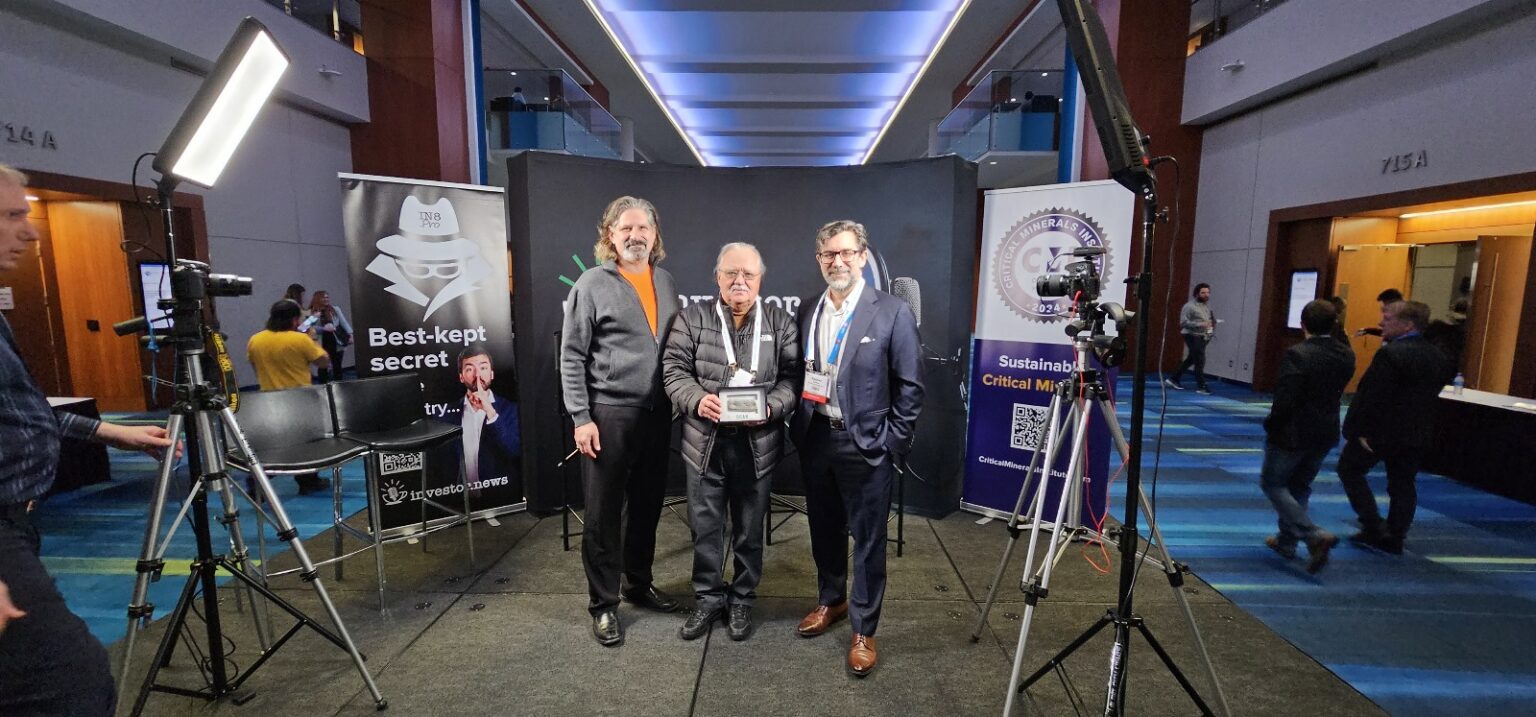Demand Driving Silver Prices: The Top 5 Silver Producers Trading on the TSX
The recent surge in silver prices has sparked renewed interest in the precious metal as an investment avenue, particularly amidst a backdrop of economic uncertainty and geopolitical tensions. Despite its traditional correlation with gold, silver has demonstrated an independent trajectory in recent months, outperforming its counterpart and attracting attention from investors seeking diversification and hedging opportunities.
Christopher Ecclestone, an analyst at Hallgarten & Company, sheds light on the dynamics shaping the silver market in a short note he released earlier this morning on Aya Gold & Silver Inc. (TSX: AYA | OTCQX: AYASF). He notes the intriguing divergence between gold and silver prices, emphasizing the impact of global events such as inflationary pressures and geopolitical conflicts on precious metal markets. Ecclestone’s insights underscore the complexity of factors influencing silver’s price movements and its potential as an investment asset.
One notable aspect of silver’s recent performance is its resilience amid challenging economic conditions. While gold has historically been viewed as the ultimate safe haven asset, silver’s versatility and industrial applications have contributed to its appeal as an alternative investment. Ecclestone highlights the role of industrial demand in driving silver prices, suggesting that silver’s utility extends beyond its function as a store of value.
Moreover, the Critical Minerals Institute (CMI) Co-Chair Jack Lifton always tells us that silver is the #1 technology metal, he often references a notable supply-demand imbalance in the silver market. The forecasted increase in global silver supply, coupled with strong demand projections, suggests a potentially favorable environment for silver investors. Ecclestone’s observations underscore the significance of supply dynamics in shaping silver’s price trajectory and investment outlook. And we are counting down to having John Carter from Silver Bullet Mines Corp. (TSXV: SBMI | OTCQB: SBMCF) at 9 AM EST, tomorrow – Wednesday, April 10, 2024, from 9-920 AM (click here to join).
In preparation – we have done our research on the Top 5 silver producers listed on the Canadian markets. Here are the top 5 silver companies listed on the TSX by market capitalization:
#1: Pan American Silver Corp. (TSX: PAAS | NYSE: PAAS)
Market Cap: C$ 9.357 billion
Latest News Release: April 8, 2024 – Pan American Silver reports additional high-grade drill results from the La Colorada Skarn project [Read more]
About: Pan American is a leading producer of silver and gold in the Americas, with operations in Canada, Mexico, Peru, Brazil, Bolivia, Chile, and Argentina. They have a strong reputation for sustainability, operational excellence, and financial management. Headquartered in Vancouver, B.C., their shares trade on the NYSE and TSX under “PAAS.”
#2: First Majestic Silver Corp. (TSX: FR | NYSE: AG)
Market Cap: C$ 3.167 billion
Latest News Release: April 1, 2024 – First Majestic Announces 2023 Mineral Reserve and Mineral Resource Estimates [Read more]
About: First Majestic is a publicly traded mining company focused on silver and gold production in Mexico and the United States. They own and operate several mines, including San Dimas, Santa Elena, and La Encantada, along with development and exploration assets.
#3: Fortuna Silver Mines Inc. (TSX: FVI | NYSE: FSM)
Market Cap: C$ 1.993 billion
Latest News Release: April 8, 2024 – Fortuna reports strong gold equivalent production of 112,543 ounces in the first quarter of 2024 [Read more]
About: Fortuna Silver Mines Inc. is a Canadian precious metals mining company with five operating mines in Argentina, Burkina Faso, Côte d’Ivoire, Mexico, and Peru. They emphasize sustainability, efficient production, environmental protection, and social responsibility.
#4: MAG Silver Corp. (TSX: MAG | NYSE American: MAG)
Market Cap: C$ 1.751 billion
Latest News Release: March 27, 2024 – MAG Silver Announces Robust Updated Technical Report for Juanicipio [Read more]
About: MAG Silver Corp. is a Canadian exploration company focused on advancing high-grade precious metals projects in the Americas. Their joint venture interest in the Juanicipio Mine in Mexico positions them as a top-tier primary silver mining company.
#5: SilverCrest Metals Inc. (TSX: SIL | NYSE American: SILV)
Market Cap: C$ 1.497 billion
Latest News Release: March 11, 2024 – SilverCrest Reports Fourth Quarter and 2023 Annual Financial Results [Read more]
About: SilverCrest is a Canadian precious metals producer headquartered in Vancouver, BC. Their principal focus is the Las Chispas Operation in Sonora, Mexico, with ongoing initiatives to expand their asset base and operate multiple silver-gold mines in the Americas.
In summary, the recent surge in silver prices highlights the metal’s potential as a valuable component of a diversified investment portfolio. Whether through physical ownership, ETFs, mining stocks, or futures contracts, investors have various avenues to participate in the silver market and potentially benefit from its upward trajectory.

[Note from the Published: In this headline photo (L-R): Peter Clausi and John Carter from Silver Bullet Mines Corp. (TSXV: SBMI | OTCQB: SBMCF), with Stephen Burega from Romios Gold Resources Inc. (TSXV: RG | OTCQB: RMIOF). The 15-oz bar was drawn during PDAC, and the winner was Mathieu Stephens from NeoTerrex Minerals Inc. (TSXV: NTX)]